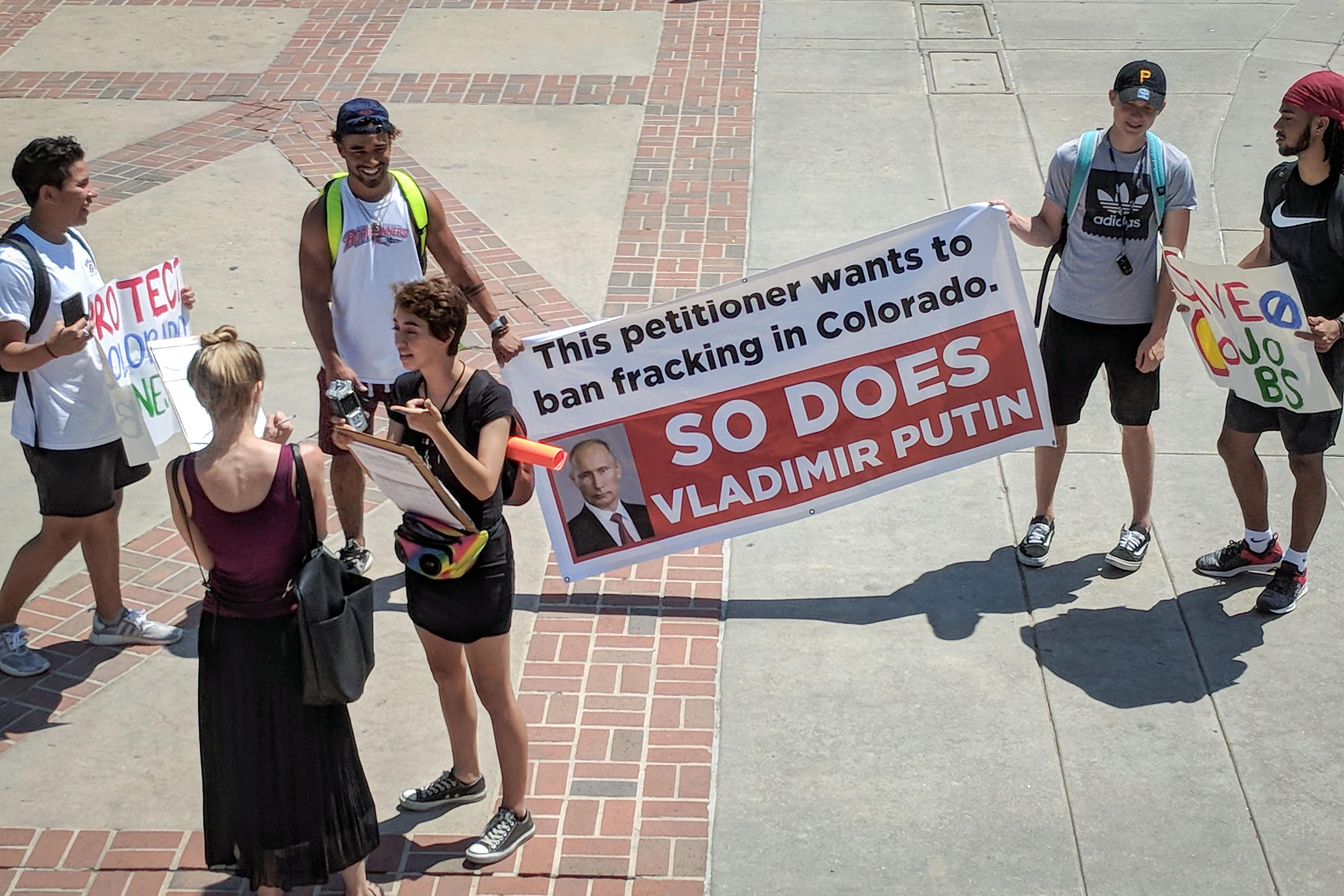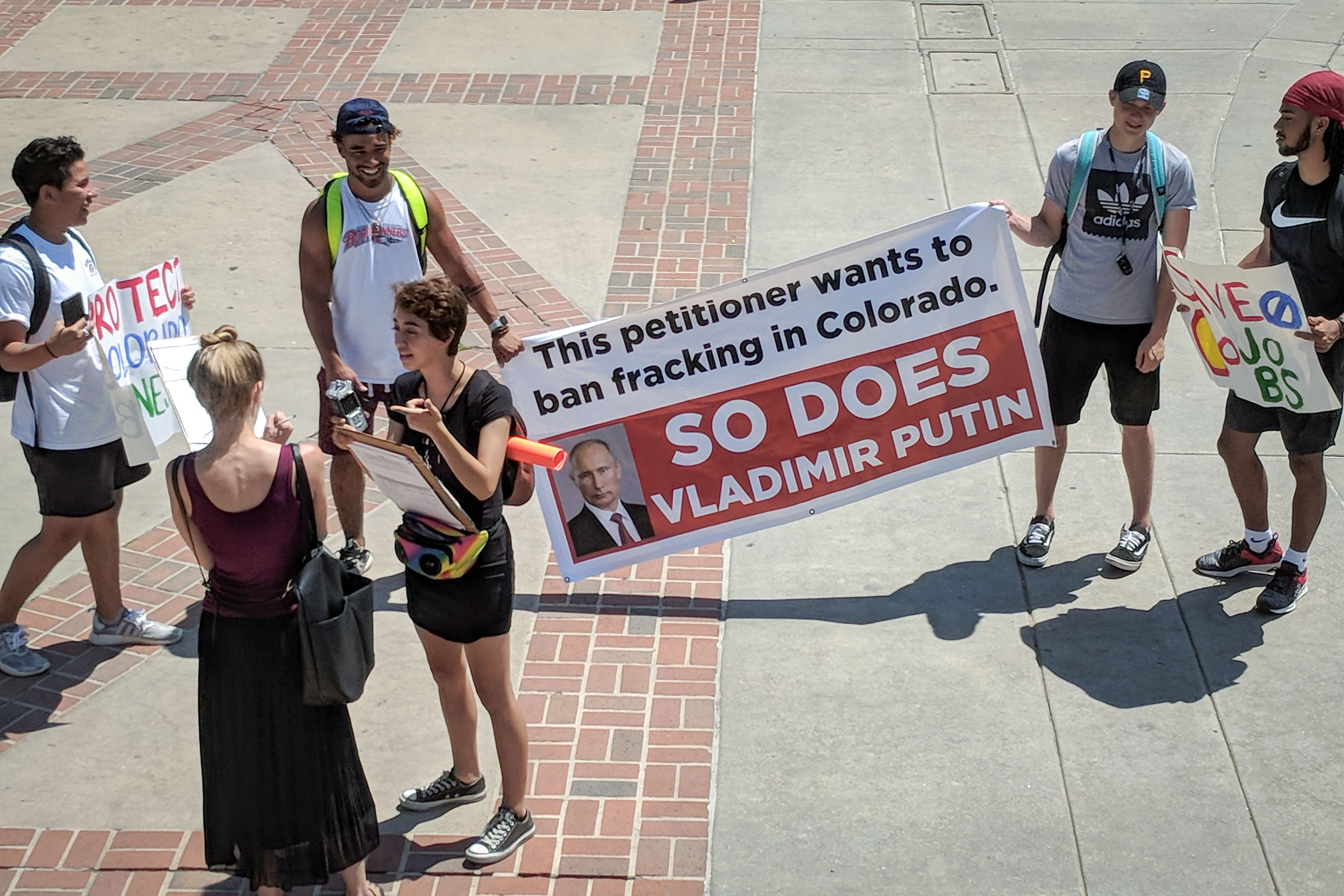

Colorado’s 2018 statewide ballot is officially set. This November, issue proponents have put three constitutional amendments and four statutory proposals in front of voters. Topics range from payday loans to transportation, oil drilling to education.
Just as wide ranging are the dollar amounts spent to get those issues on the ballot.
According to data provided to the Colorado Secretary of State, groups spent as little as $351,000 and as much as $4 million on field organizing and signature gathering in 2018.
Great Education Colorado weighed in at the lower end of the scale with a minimal amount spent to get Amendment 73 on the ballot. On the other end of the spectrum, Protect Colorado topped out with $4 million spent on signature gathering alone to help Amendment 74 cross the finish line.
A spokesperson for Protect Colorado said part of that $4 million also went toward an unsuccessful ballot issue aimed at limiting local control on oil and gas issues, but mostly, a "decent amount" of the sum was dedicated to Amendment 74.
Rick Ridder, who is with the political consulting firm RBI Strategies and Research, said costs vary dramatically because some groups have a strong volunteer workforce while others don’t. Ridder is working on an opposition campaign to Protect Colorado’s Amendment 74.
"What we see in the filing reports is that those organizations whether it be the activists for [oil and gas] setbacks or the education initiative--they have a cadre of individuals who can go out and collect signatures and lower the cost," Ridder said.
Colorado Rising, a group advocating for a larger setback distance between wells and homes, mobilized more than 750 volunteers to gather signatures. Because of that, it spent just $574,000 on signature gathering.
But it was Great Education Colorado that produced the strongest number of volunteers this signature gathering season. Representative Martha Olson estimates that 1,500 people—including PTA parents, superintendents, teachers and school boards—helped organize the effort.
"Every organization involved with education in the state has been involved with helping us get this on the ballot. And they’ll be involved in helping us get this passed," Olson said.
Does strong grassroots support for getting an issue on the ballot translate into voter approval come November? Sometimes. But Ridder says drawing comparisons can be tricky.
In 2014, for example, a GMO-labeling initiative was put on the ballot almost exclusively by the volunteers who gathered signatures. But come Election Day, 65 percent of voters rejected the proposal.
"It doesn’t mean it’s any more popularly accepted. It just means you might have a greater number of activists committed to it," he said. "I think it’s one of many indicators."









